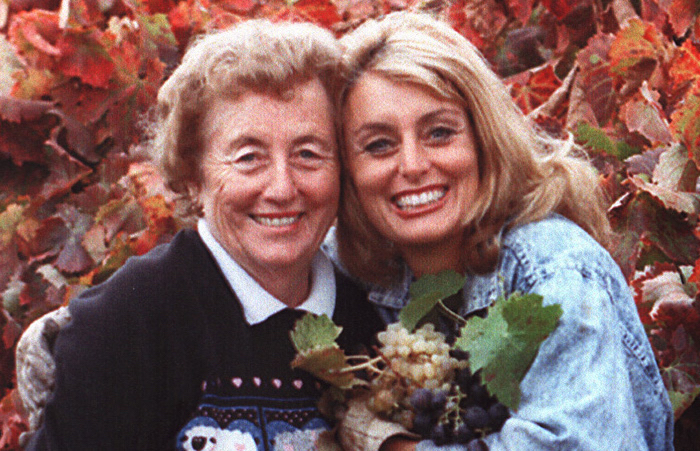Gimme’ Shelter By Cynthia Brian
âRegardless of your lot in life, build something beautiful on it.â~Zig Ziglar I was...
Read Moreby VoiceAmerica | Dec 1, 2016 | Empowerment | 0 |
âRegardless of your lot in life, build something beautiful on it.â~Zig Ziglar I was...
Read Moreby VoiceAmerica | Sep 8, 2016 | Empowerment | 0 |
By Cynthia Brian âLet no one ever come to you without leaving better and happier.â Mother...
Read Moreby VoiceAmerica | Sep 7, 2016 | Empowerment | 0 |
âWho cares if Iâm not around? If I donât plant it, then nobody will get to see it!â...
Read Moreby VoiceAmerica | Aug 16, 2016 | Empowerment | 0 |
By Cynthia Brian Kings and cabbages go back to compost, but good deeds stay green...
Read More



